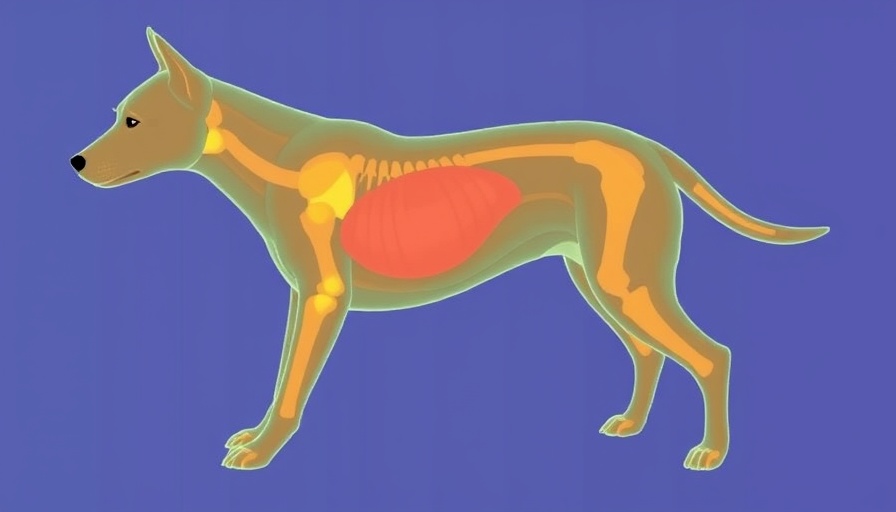
Understanding Hemilaminectomy: A Lifesaving Procedure for Dogs
As our furry companions age, some may experience debilitating spinal issues that affect their mobility and overall quality of life. Hemilaminectomy has emerged as a vital surgical solution for dogs suffering from intervertebral disc disease (IVDD) and other spinal cord afflictions. This procedure not only alleviates pain but also significantly improves the prognosis for our beloved pets, making it essential knowledge for veterinarians, vet techs, and pet lovers alike.
The Hemilaminectomy Procedure: What to Expect
Hemilaminectomy involves the removal of part of the vertebra, creating more space for the spinal cord and removing any herniated disc material that may be causing pressure. During the surgery, a veterinary surgeon makes an incision along the back and carefully removes the affected portion of the vertebral arch. This is often performed under general anesthesia, ensuring that the dog feels no pain during the operation.
The duration of the surgery can vary, typically lasting between 1 to 2 hours, depending on the complexity of the case. Post-surgical recovery will require diligent monitoring by veterinarians and care from pet owners, who may need to assist in rehabilitation efforts afterward.
Understanding the Recovery Journey
After undergoing a hemilaminectomy, resting and recuperation are crucial. Your dog may need a crate for confinement to prevent excessive movement, allowing the surgical site to heal properly. Vets often recommend a gradual reintroduction to gentle activity, along with physical therapy to aid recovery. During this time, pet nutritionists may also play a critical role, ensuring that the dog’s diet supports healing.
Costs Associated with Hemilaminectomy
Financial considerations are paramount for many pet parents. The cost of a hemilaminectomy can range from $3,000 to $7,000, depending on factors such as the procedure's complexity and post-operative care required. Pet accessory developers and pet insurance advocates may wish to discuss financial planning or policies that cover these essential surgeries, aiding pet owners in making informed decisions.
Success Rates and Prognosis
The success rate of hemilaminectomy varies based on several factors, including the dog's age, the severity of the condition, and how quickly treatment is initiated. However, many dogs exhibit significant improvement after surgery, often regaining the ability to walk and resume activities they once enjoyed.
A Community of Support: Who Can Help?
Veterinarians and vet techs play a frontline role in diagnosing conditions necessitating hemilaminectomy, but every aspect of support is essential. Pet grief counselors can offer vital emotional support to families devastated by their pet’s condition. Trainers can help modify behaviors to accommodate new physical limitations, as well as assist in gradual re-training post-surgery. Community advocates can raise awareness about IVDD and its treatments, connecting dog owners with resources and support systems.
Conclusion: Taking Action for Our Pets
As pet owners and veterinary professionals, understanding the intricacies of procedures like hemilaminectomy empowers us to advocate effectively for our pets' health and well-being. Whether you’re a pet parent, a trainer, or involved with rescue organizations, your role in this ecosystem is invaluable. With proper knowledge and support from the community, we can change the lives of pets one procedure at a time.
 Add Row
Add Row  Add
Add 




 Add Row
Add Row  Add
Add 


Write A Comment